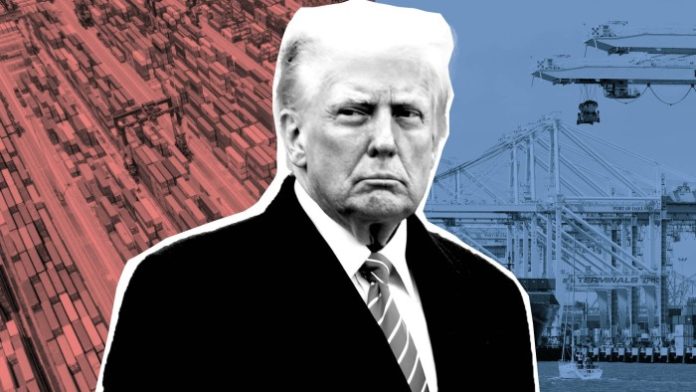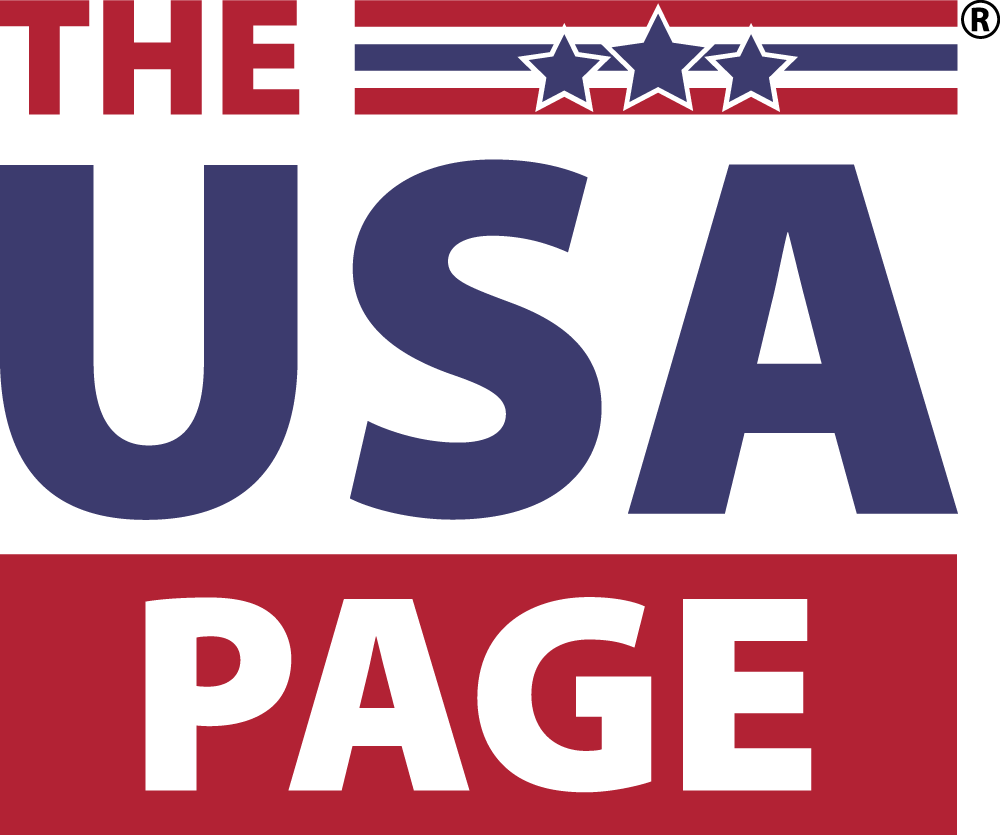Donald Trump did not impose any new trade tariffs on the first day of his second term, as anticipated by markets. However, the US president did unveil the official blueprint for an “America First Trade Policy.”
A presidential memo instructed federal agencies to address “unfair trade practices” and identify “currency manipulators.” Trade agreements with China, Canada, Mexico, and other partners were put under review.
The main message conveyed was that the Trump administration was willing to use all available means to reshape trade flows in its favor. Here are five key points from Trump’s trade agenda at the outset.
Firm commitments to ‘tariffs sooner rather than later’
Although Trump only mentioned tariffs three times in his inaugural speech, he hinted at plans to establish an External Revenue Service to collect tariffs, indicating a serious intent to increase revenue from trade. Tariff decisions might be postponed but are not off the table, according to Josh Lipsky of the Atlantic Council think tank.
The “America First” memo outlined a framework for the new agenda, initiating reviews into unfair trade practices, reasons for US trade deficits, currency manipulation allegations, and unfair taxation of US businesses.
Trump reiterated his threats to impose 25% tariffs on Canadian and Mexican imports, despite their existing trade agreements. When asked about the possibility of universal tariffs on all US trading partners, he responded, “We may. But we’re not prepared for that yet.”
Lipsky cautioned to anticipate tariffs sooner rather than later due to the administration’s incomplete economic team and the need for a solid legal basis for any tariff actions.
Prioritizing neighbors first
Trump is focusing on taking action against neighboring trading partners, with plans for tariffs on Canada and Mexico possibly starting on February 1. His willingness to publicly target Canada indicates that no country is exempt from potential tariffs.
As outlined in the trade memo, reviews of trade relations with Canada and Mexico are expected by April 1, with preparations for a comprehensive review of the USMCA trade deal starting in July 2026. Trump is determined to address “unlawful migration and fentanyl flows,” particularly from these two countries.
While many US manufacturers rely on operations in all three countries, pressure could build on Trump to reconsider tariff threats. Canadian Prime Minister Justin Trudeau and Mexico’s President Claudia Sheinbaum acknowledged Trump’s proposals, vowing to respond accordingly.
Comprehensive overhaul, including focus on China
Trump’s policy encompasses a broad range of initiatives to fundamentally transform Washington’s trade relationships. The memo calls for a probe into currency manipulation, with China being a primary target.
His trade representative, Jamieson Greer, is tasked with reviewing existing US trade deals, including those aimed at boosting exports to China. Various sections of the memo instruct US economic officials to investigate economic ties with China more extensively, including reevaluating tariffs on Chinese goods.
New trade deals with significant market access for American entities are also being considered, potentially signaling a willingness to engage in new trade agreements in Trump’s second term.
Everett Eissenstat of law firm Squire Patton Boggs believes these actions could lead to significant trade legislation being proposed in Congress, indicating a substantial shift in US trade policy.
Using trade as a tool for varied objectives
Trump has connected tariffs to broader policy objectives beyond just reducing trade deficits. For instance, he has linked tariffs on EU products to increased purchases of American oil and gas by EU members.
He also suggested that tariffs on China could hinge on negotiations over the ownership of TikTok, threatening tariffs of up to 100% on Chinese imports if a deal is not reached. Anahita Thoms of law firm Baker McKenzie sees these threats as a negotiation tactic to maximize leverage.
The potential repercussions of the threats could lead to inflationary pressures, as Trump aims to use tariffs strategically without causing adverse effects on inflation.
Global tariffs and implications
During Trump’s first term, US imports from countries like Vietnam and Mexico increased as Chinese manufacturers redirected exports through third countries to circumvent US tariffs. This trend prompted Trump’s team to consider addressing this issue through potential additional tariffs targeting these third-country routes.
The memo suggests exploring the use of a “global supplemental tariff” to address the sizable annual US trade deficit, hinting at the possibility of a universal tariff similar to Trump’s campaign promises. The looming threats have the potential to spur countries to engage in more trade agreements amongst themselves.
Malaysian Prime Minister Anwar Ibrahim reassured that the global trading system would withstand the initial shock from Trump’s trade policies in an interview with the Financial Times.






